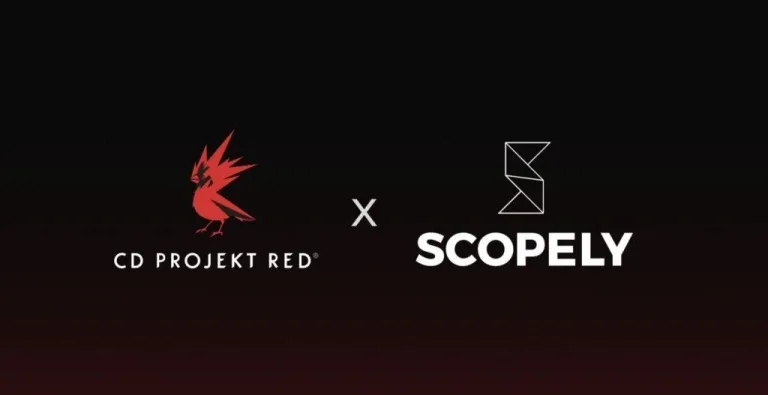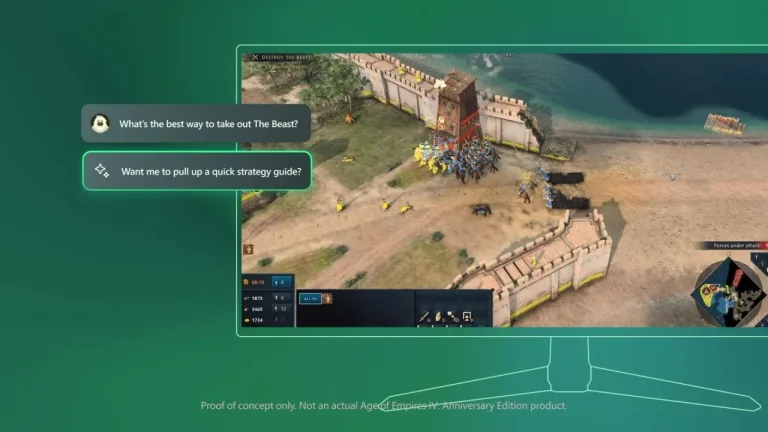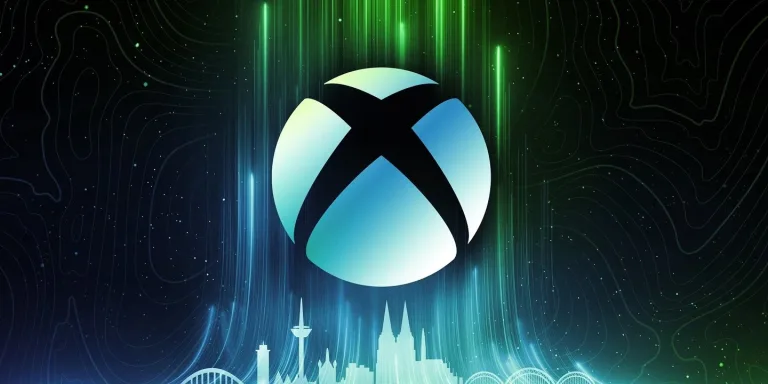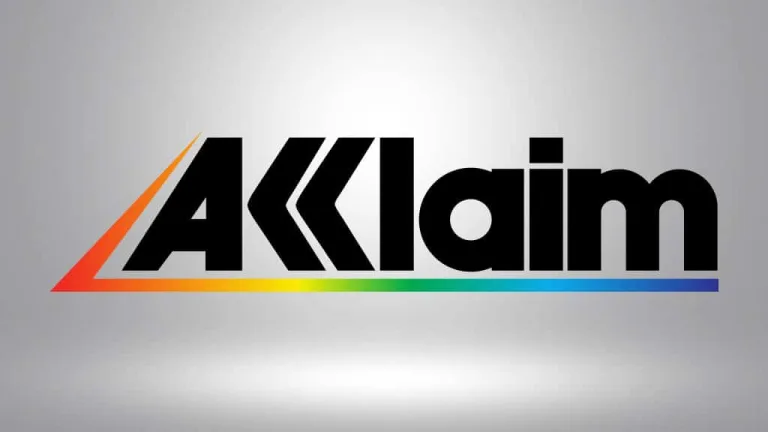CD Projekt Red, the acclaimed Polish video game developer behind The Witcher and Cyberpunk 2077, has recently...
Industry
In a recent announcement that has gamers and TV enthusiasts buzzing, Phil Spencer, the CEO of Microsoft...
Microsoft has taken a significant step toward revolutionizing the gaming experience by introducing Copilot for Gaming, an...
In a groundbreaking move, Niantic, the developer behind some of the most iconic augmented reality (AR) games,...
Last week, it was about the launch of the Radeon 9070 XT/ 9070 family for AMD’s effort...
As we edge closer to 2026 and 2027, the gaming world is abuzz with speculation about the...
In the ever-evolving world of video game development, few stories are as poignant as that of Ballistic...
In the ever-evolving world of video games, few names evoke as much nostalgia as Acclaim Entertainment. Founded...
Rockstar Games has recently made headlines with its acquisition of Video Games Deluxe, a Sydney-based game development...
Ouka Studios was a subsidiary of NetEase Games, known for developing the RPG Visions of Mana, which...











